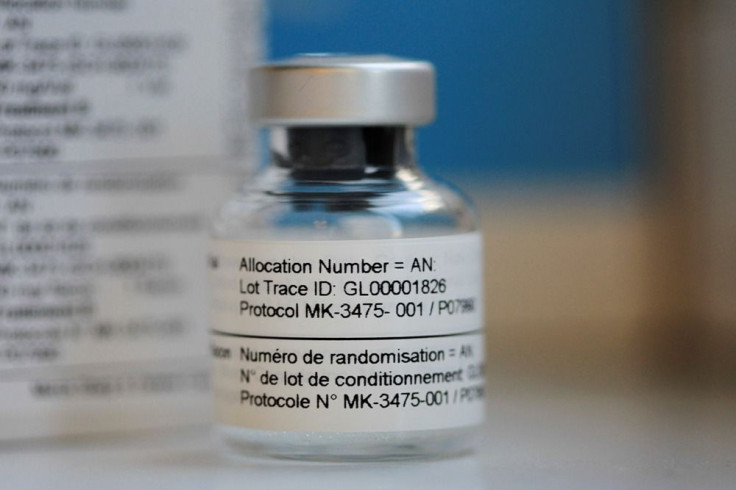Skin cancer melanoma: Australian researchers show New Zealand’s melanoma rate is the highest in the world

It is official: New Zealand has the world’s largest melanoma rate. Melanoma is the deadliest form of skin cancer, and New Zealand’s rate of melanoma is getting worse. Brisbane researchers have found out that the country has surpassed even Australia on the highest per capita rate of melanoma. Health experts are extremely worried and have called for immediate government action.
Australia’s melanoma rate has been falling since 2005. According to the QIMR Berghofer Medical Research Institute study, even though the numbers are still high for Australia, New Zealand’s melanoma rate has been steadily increasing and is expected to grow until 2017. The NZ government has been struggling for more than a decade to tackle the problem. According to the latest figures, NZ recorded about 50 cases of melanoma per 100,000 people in 2011, writes the ABC.
RELATED: Skin cancer malignant melanoma: Tanning addict’s story should be an eye-opener for others
“Australians have become more 'sun smart' as they have become more aware of the dangers of melanoma and other skin cancers. Schools, workplaces and childcare centres have also introduced measures to decrease exposure to harmful UV radiation,” said Prof. David Whiteman, who led the study.
However, melanoma cases are still high in people over the age of 50, and that’s mainly because this population already sustained sun damage before the preventive measures were implemented. The melanomas in these people are showing up now after years of exposure to cancer-causing sunlight.
It has been predicted that Australia’s melanoma rate will fall to about 41 cases per 100,000 people in 2031, and New Zealand’s rate will start declining from 2017.
“We think the main reason why rates in Australia, and we hope New Zealand, will decline before the other populations is that both countries have put a huge effort into primary prevention campaigns,” said Whiteman.
The study compared the frequency of the skin cancer over three decades in six countries including Sweden, Britain, United States and Norway. The study was published in in The Journal of Investigative Dermatology.





















